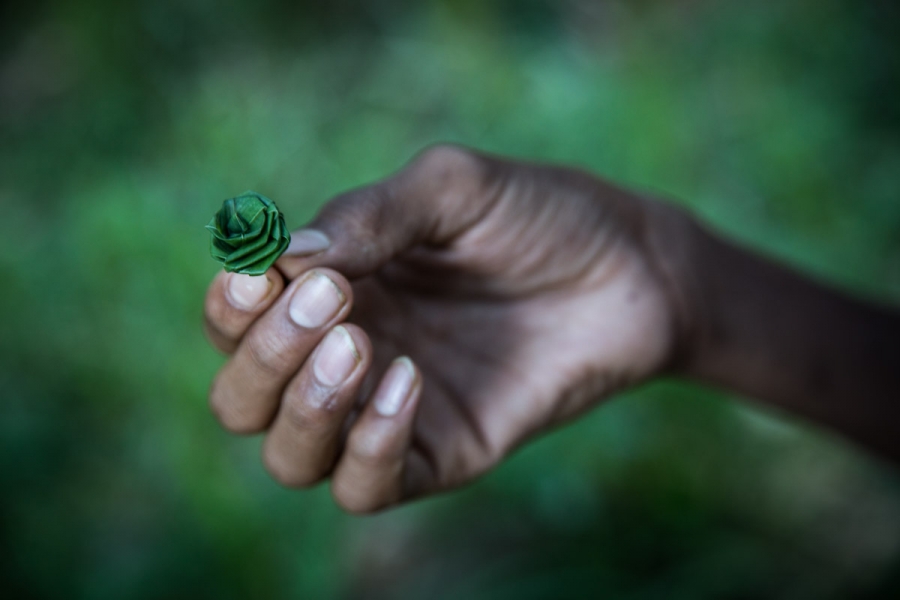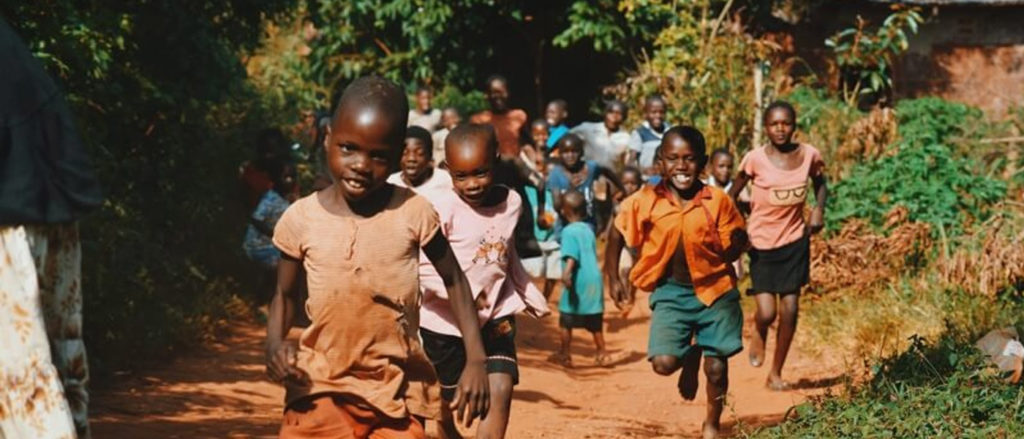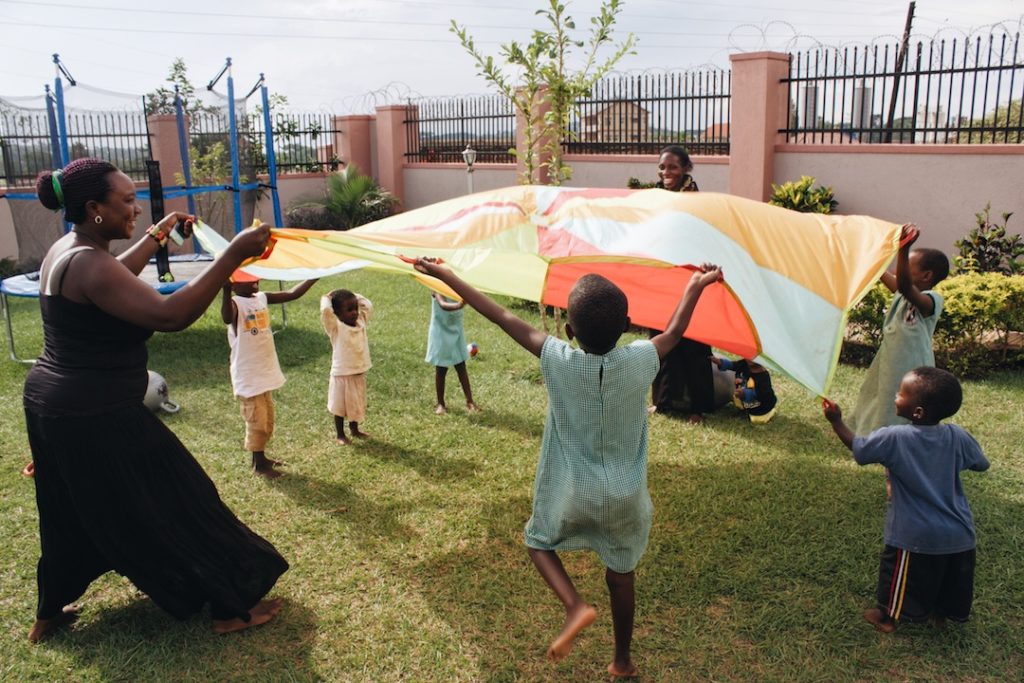Within the documentary photography field, professionals have been creating visual stories for decades. Some of the more notable photographers from the early days, Dorothea Lange for example, are known for capturing marginalized peoples with dignity.
Dorothea used discernment to depict her subjects conditions and highlight their immense strength in the depths of hardship and poverty. Dorothea was using what we now call ethical codes of visual communication.
Exploring the topic of ethical representation led me to think deeply on what storytelling ethics are, and what needs to be done in order to depict minorities and marginalized populations with dignity and accuracy.
Why are ethical codes important in documentary photography?
Do we need to have a conversation surrounding this topic?
Yes we do–all great change begins with conversations.
Why Ethics in Visual Storytelling Matters
We are living in a time when we’re all storytellers. While you may not be a professional visual artist, by simply having a camera/video on your cell phone you too have the power to tell a story. Every image we post throughout our communities makes an impression, receives a reaction, and creates a narrative.
But over time there has been a massive shift in the way we as storytellers approach, communicate with, and depict our subjects. With all the wonderful technology advances in photography and storytelling, the standard for ethical representation of minorities and marginalized populations remains immensely low. Recently, two viral photos demonstrated this lack of ethical representation, causing immense backlash.
- A professional photography shoot took place in a small village community in Cameroon that depicted the “white savior” complex. One image captured a white model adorned in an expensive wedding dress holding one of the villager’s children in her arms. The other villagers were placed as props sitting and standing around the model, depicting the villagers as “uncivilized” and the model as “civilized”.
- A volunteer visiting Kibera, Kenya inappropriately posted and captioned an image via instagram after leaving an orphanage. The photo depicts a woman embracing an African child. Part of the caption states, ”You will probably sell your body to someone else to earn money for your child.” To assume based on one visit to this orphanage that the child’s life trajectory will be fueled by despair is inappropriate and inaccurate. One of the many problematic assumptions with the post is that the child has no hope in the foreseeable future. The post has since been shared more than 37,500 times.
Upon viewing the imagery from the above professional shoot and volunteer photo, I was personally infuriated by the harsh and inhumane language used to describe the villagers and orphan. Another unsettling element remains whether any of the individuals photographed gave consent and understood the use of the imagery they were being depicted in. As I shifted through the comments from each story, I was not the only one frustrated and questioning the lack of ethics.
The Importance of Positive Depictions of Minorities and Marginalized Populations in Visual Storytelling
Portrayals of minorities and marginalized populations have historically been rooted in racism. Photography stories captured from countries and continents outside the Western world, have historically depicted minorities as, “barbaric”, “animalistic”, “unintelligent”, “savage”, and “uncivilized”, to name a few.
Elizabeth Kolbert of National Geographic, addressed this issue within their own coverage for decades:
I hear from readers that National Geographic provided their first look at the world. Our explorers, scientists, photographers, and writers have taken people to places they’d never even imagined; it’s a tradition that still drives our coverage and of which we’re rightly proud. And it means we have a duty, in every story, to present accurate and authentic depictions—a duty heightened when we cover fraught issues such as race.
Storytelling shapes narratives of individuals and communities. When those narratives’ are inaccurate and subjects are depicted negatively, it greatly impacts perceptions of the individuals and the communities they represent. Accurate coverage is critically important in combating misrepresented narratives. Moving away from racist imagery and including minorities and marginalized populations in the storytelling process creates a new narrative of accuracy and dignity.
The Impact & Responsibility We Have As Storytellers
Imagery is powerful and we have a responsibility with the power we are given, especially as Westerners entering developing countries. Images of devastation have often overshadowed the actual reality existing within a particular country or continent. This is crucial for photographers, as one image alone can uplift or demean a community. One image alone can create an unintended false narrative.
For a moment, think of yourself in an inconceivable situation. Think of someone photographing you in the midst of that situation–wouldn’t you want the most accurate story to be told? Wouldn’t you want to be included in the collaboration of this story? Wouldn’t you want to be portrayed with dignity?
I believe we would all answer yes. Yes to being included, yes to consenting, yes to your story being shared accurately, and yes to being treated with dignity. It’s of grave importance that we ethically assess an environment before sharing within our communities and globally.
In conclusion, I’d like to thank you for being apart of the solution. I’m very optimistic that over time we’ll embrace our power as storytellers and place ethics at the forefront. Often we’re left with the unsettling facts of an existing issue and no actual resources to empower us to make changes. I’d like to leave you with a few resources.
- NGO Storytelling The “Ethics” section.
- Storytelling For Good, “Approaches to Successful Photography Creation International Guide of Visual Peacemakers Visual Code of Inspiration” and “Ethical Code of Visual Communications.”
 Teanna Woods Okojie is a professional documentary/humanitarian photographer, film maker, producer and arts educator. She has a heart for social justice and passion for ethical representation of minorities in documentary and humanitarian photography. Teanna’s work has been exhibited both domestically and internationally. She has traveled extensively throughout the Continent of Africa and is working on continued projects in Nigeria. You can see her work on her website, Instagram, or Facebook.
Teanna Woods Okojie is a professional documentary/humanitarian photographer, film maker, producer and arts educator. She has a heart for social justice and passion for ethical representation of minorities in documentary and humanitarian photography. Teanna’s work has been exhibited both domestically and internationally. She has traveled extensively throughout the Continent of Africa and is working on continued projects in Nigeria. You can see her work on her website, Instagram, or Facebook.




